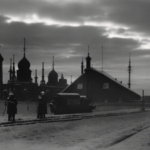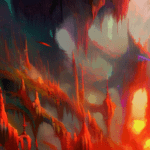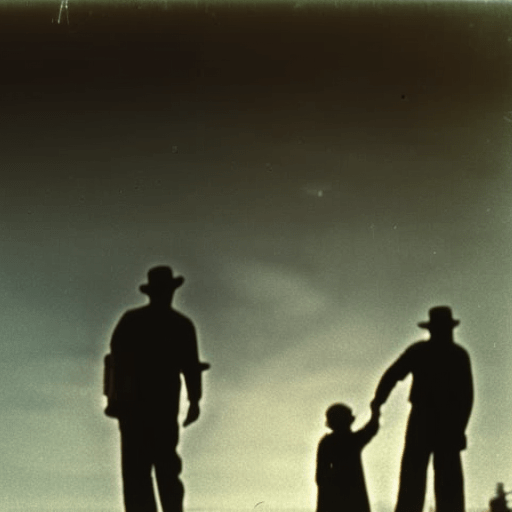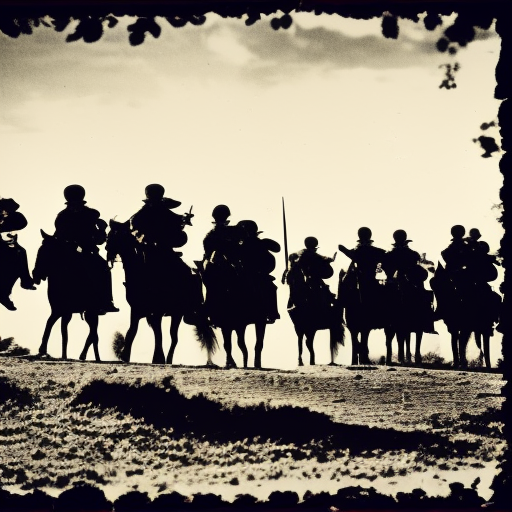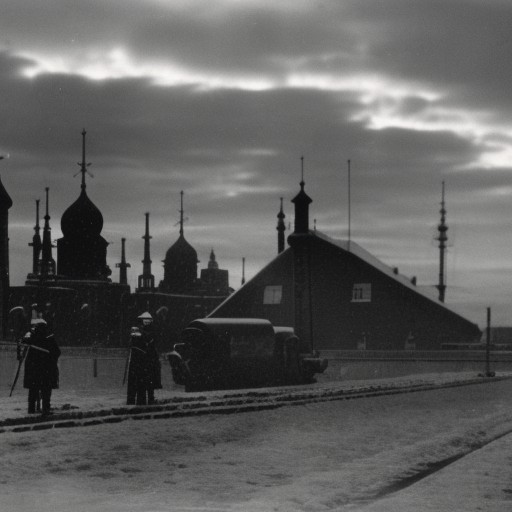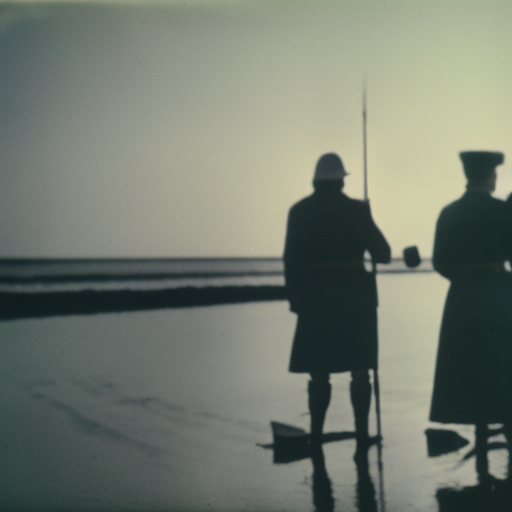The Great Depression (1929-1939)
The Great Depression was a severe worldwide economic downturn that lasted from 1929 to 1939. It was the longest and most devastating economic crisis in modern history. The depression originated in the United States but quickly spread to other countries, causing widespread unemployment, poverty, and social unrest.
Causes of the Great Depression
The Great Depression was triggered by the stock market crash of 1929, also known as Black Tuesday. On October 29, 1929, stock prices plummeted, leading to a collapse of the stock market. This event shattered investor confidence and triggered a chain reaction of economic decline. However, the crash alone did not cause the Great Depression. It was a culmination of various economic factors.
One of the major causes was the overproduction and underconsumption of goods. Industries were producing more than people could afford to buy, leading to a surplus of goods and a decline in prices. This, in turn, led to layoffs and reduced wages, exacerbating the problem of underconsumption.
Another contributing factor was the unequal distribution of wealth. The 1920s were a time of significant economic growth, but much of the wealth was concentrated in the hands of a few. The majority of Americans struggled to make ends meet, with a large portion of the population living in poverty.
Impact of the Great Depression
The Great Depression had a profound impact on the global economy and society as a whole. Unemployment rates soared, reaching as high as 25% in some countries. Many businesses closed down, and those that remained open faced significant financial difficulties. People lost their life savings, homes, and livelihoods.
The effects of the Great Depression were not limited to the economic sphere. Social unrest and political instability increased as people became disillusioned with the existing systems. Governments struggled to respond effectively, leading to a loss of faith in democratic institutions. This created fertile ground for the rise of authoritarian regimes in some countries.
Government Responses
Governments around the world implemented various measures to combat the effects of the Great Depression. In the United States, President Franklin D. Roosevelt introduced the New Deal, a series of programs and reforms aimed at providing relief, recovery, and reform. The New Deal included public works projects, financial reforms, and social welfare programs.
Other countries also adopted similar policies. Governments increased public spending, implemented protectionist measures, and introduced social welfare programs to alleviate the suffering of their citizens. These measures helped to stabilize the economy and provide some relief, but the effects of the Great Depression persisted for many years.
End of the Great Depression
The Great Depression finally came to an end with the onset of World War II. The war stimulated economic activity as governments increased defense spending and industries shifted production towards military goods. This led to a significant reduction in unemployment and a revival of the global economy.
In conclusion, the Great Depression was a devastating economic crisis that lasted from 1929 to 1939. It was caused by a combination of factors, including the stock market crash of 1929, overproduction, underconsumption, and wealth inequality. The depression had far-reaching consequences, leading to widespread unemployment, poverty, and social unrest. Governments implemented various measures to combat the crisis, but it was not until the outbreak of World War II that the global economy began to recover.

